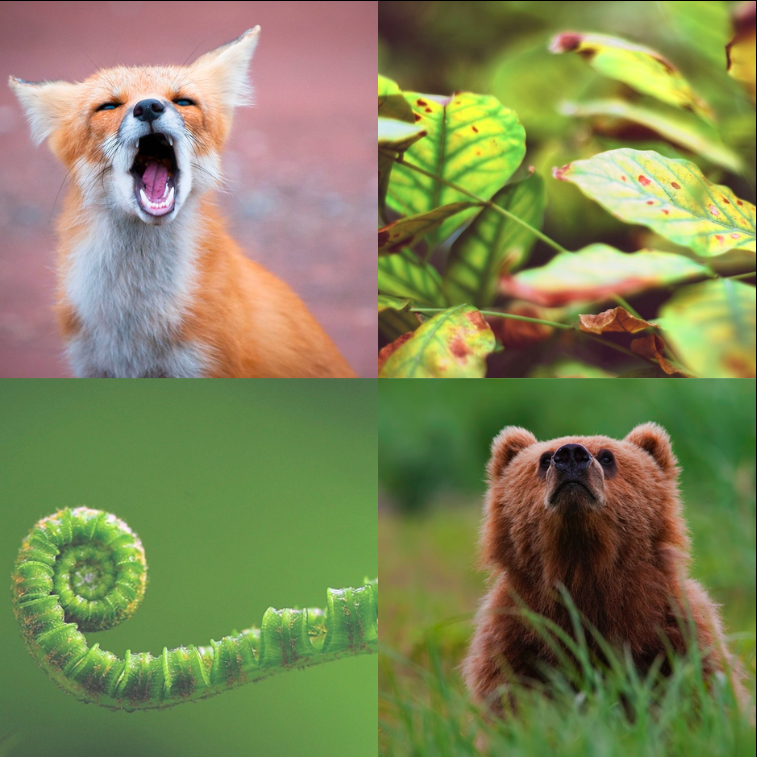
Eco 101 – Biodiversity… What do you think?
Important environmental lessons made simple. That’s the goal of Modern Kids Design’s ECO 101. It’s a series we created to break down big ideas like ecosystems, the food chain, energy, healthy food, water and more into quick, easy fact sheets for busy kids and parents to discuss together if they’d like. Here, we talk about how biodiversity, or the huge variety of living things on the planet, and how it contributes to the Earth’s and humans’ overall health and happiness.
This is a repost of a blog we published earlier. Due to a myriad of tech challenges we referenced in another post, we lost a number of entries, so we are posting a few of them again to help with broken links. We’d like to take the opportunity, though, to ask you a question. What do you think of our Eco 101 series? Some of you have taken to sending us emails and we love that actually…. So, if you are so inclined, let us know what you think and what you’d like us to write about in the blog. As always, thanks for reaching out and for reading! 🙂
Someone once said that variety is the spice of life, and that is true with biodiversity, or the variety of living things found on Planet Earth. Biodiversity basically describes the range of species that live in a given area. (The best way to think of “species” is as living things that can reproduce together. For example, a poodle and a Chihuahua are part of the same species because they can have puppies together. A Chihuahua and a tabby cat are not part of the same species because they can’t create offspring.) The earth is full of different kinds of species. Scientists believe there are between 3 and 30 million different species living on Earth, though there could be much more than that. Many of the species are so rare they haven’t even been discovered yet. (To learn more about the incredible number and range of species on Earth, visit this National Geographic page.
With a quick trip into your local park, you can see how great the Earth’s biodiversity is. How many different kinds of trees do you see? Birds? Grass and flowers? There are more insects hiding in that grass than you could probably imagine! And if you used a microscope, you’d see even more bacteria. Most species are very different from each other – you’d probably never confuse a great blue whale with a banana, or even a jellyfish, for that matter! The same is true within a given species. Dogs, for instance, range from tiny Chihuahuas to giant Great Danes. For some fun games that illustrate biodiversity, guide your child to the American Natural History Museum’s biodiversity page.
This difference and variety is important for many reasons. One is that it makes life more interesting – think how much more fun it is to walk through a meadow full of dozens of species, like butterflies, colorful flowers, beautiful birds, weird bugs and waving grasses, than it is to walk through a yard where only one species is visible: grass. Or what if there was only one vegetable to eat – spinach – instead of the great variety we have to choose from, like carrots, peas, squash, peppers and much more?
Biodiversity is also important to humans because it provides us with the range of food and resources we need to live our lives, from trees that are turned into paper, to chickens that lay eggs, to plants that we turn into medicine. It also makes life more resilient, or able to survive changes, like warmer temperatures, drought or floods. If conditions grow too harsh for certain kinds of life in one area, other kinds of life might move in. For instance, the dinosaurs went extinct, or died out, millions of years ago because the climate changed suddenly. But a close relative of the dinosaur, birds, were different enough that they were able to live through the change.
Today, many more species face extinction than ever before. This is, in part, because of human activity. This includes pollution of our streams and rivers, driving cars that add carbon to the atmosphere that causes temperatures to warm, or cutting down too many trees. It is important to do all we can to help preserve, or keep, as many species as possible. Once a species has gone extinct, we cannot bring it back. We can do this by something as simple as riding a bike to school or the store rather than getting in the car. This keeps gasses out of the air that heat up our planet. Another way to help is by recycling products like paper. Paper comes from trees, which provide homes for many types of living creatures. By recycling, we reduce the need to cut down more trees.
Almost every wild place on earth is a habitat, or home, for some living creatures, so it is important that we take care of it all as if it is our own home. What are some steps that you’d recommend for protecting biodiversity? We’d love to hear your thoughts and ideas too. Your feedback is always welcome.




